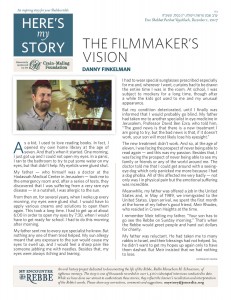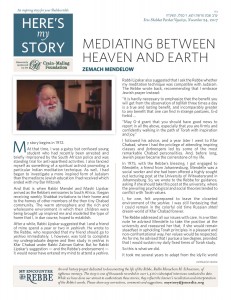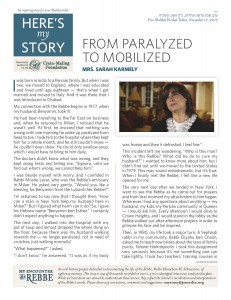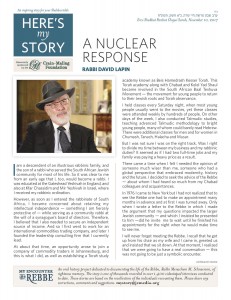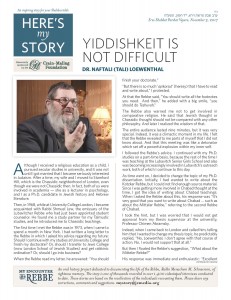The Filmmaker’s Vision
As a kid, I used to love reading books. In fact, I opened my own home library at the age of seven. And that’s when it started. One morning, I just got up and I could not open my eyes. In a panic, I ran to the bathroom to try to put some water on my eyes, but that didn’t help. My eyelids were glued shut.
My father – who himself was a doctor at the Hadassah Medical Center in Jerusalem – took me to the emergency room and, after a series of tests, they discovered that I was suffering from a very rare eye disease – in a nutshell, I was allergic to the sun.
From then on, for several years, when I woke up every morning, my eyes were glued shut. I would have to apply various creams and solutions to open them again. This took a long time. I had to get up at about 6:00 in order to open my eyes by 7:30, when I would have to get ready for school. I had to do this morning after morning.
My father sent me to every eye specialist he knew. But nothing any one of them tried helped. My sun allergy meant that any exposure to the sun would cause my eyes to swell up, and I would feel a sharp pain like someone jabbing me with needles. Besides that, my eyes were always itching and tearing.
I had to wear special sunglasses prescribed especially for me and, wherever I went, curtains had to be drawn the entire time I was in the room. At school, I was subject to mockery for a long time, though after a while the kids got used to me and my unusual appearance. (more…)


